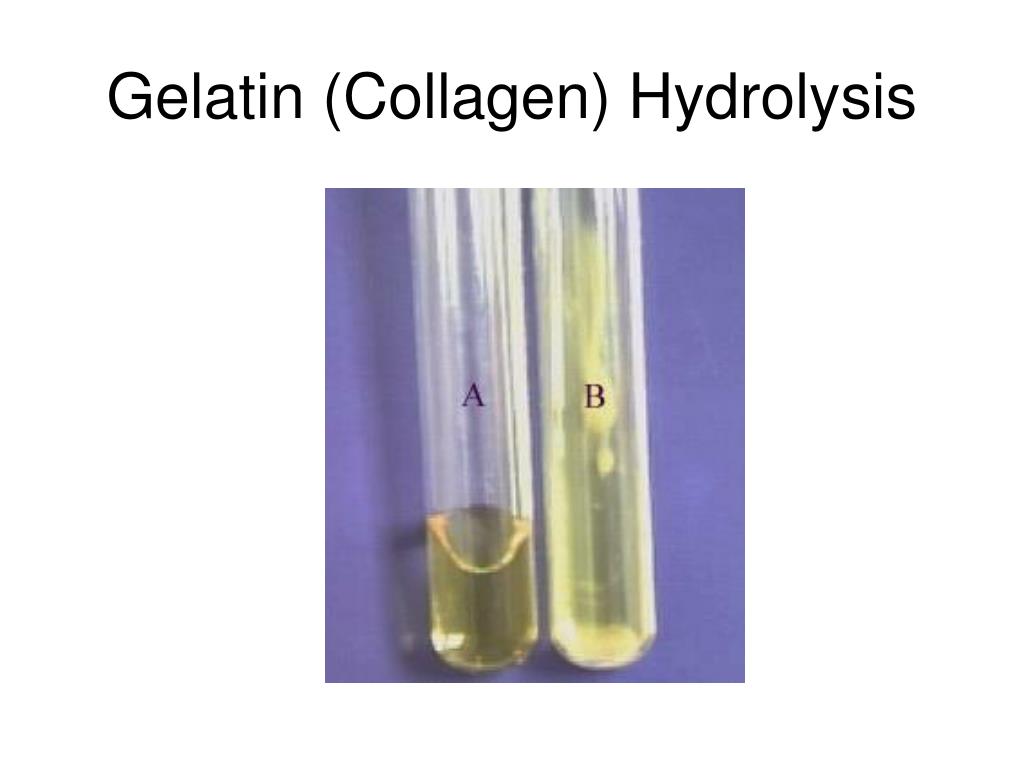

This test requires using a third-generation cephalosporin antibiotic disc alone and in combination with clavulanic acid. These plasmid-mediated enzymes mostly evolved via point mutations of the classical TEM-1 and SHV-1 β-lactamase.Īccording to the CLSI guidelines, isolates showing an inhibition zone size of ≤ 22 mm with ceftazidime (30 µg), ≤ 25 mm with ceftriaxone (30 µg), and ≤ 27 mm with cefotaxime (30 µg) are identified as potential ESBL producers and shortlisted for confirmation of ESBL production.Īccording to CLSI guidelines, two phenotypic methods can confirm ESBL producers: coli is predominantly due to the production of ESBLs. Increasing resistance to third-generation cephalosporins amongst E. To detect ESBL-producing E.coli, the isolate screened should be multidrug-resistant exhibiting resistance to at least one of the third-generation cephalosporins.Įxtended-spectrum ß-lactamases (ESBL) are a rapidly evolving group of ß-lactamases that can hydrolyze third-generation cephalosporins and aztreonam but are inhibited by clavulanic acid. Perform the susceptibility test by a disc-diffusion method using standard methods described in the guidelines. Characteristics E.coli Catalase test Positive Oxidase test Negative Nitrate reduction test Positive Methyl-Red (MR) test Positive Voges-Proskauer (VP) test Negative Citrate utilization test Negative Acetate utilization test Positive Indole test Positive Pyrrolidonyl-β-naphthylamide (PYR) test Negative H2S production test No Urease test Negative Oxidative-fermentative (OF) test Fermentative MUG test Positive TSI reactions Acid/Acid, Gas, SIM No H 2S, Indole +ve, motile Motility Motile Phenyl Pyruvic acid (PPA) test Negative Lysine decarboxylation test + Arginine decarboxylation test -/+ (strain variability) Ornithine decarboxylation test +/- (strain variability) ONPG + Sugar fermentation test Glucose Yes Sucrose No Lactose Yes Mannitol Yes Antimicrobial susceptibility testing It uses acetate as the only source of carbon.Indole positive: produces indole from tryptophan.coli produces a characteristic green sheen. ( E.coli O157: H7 does not ferment sorbitol, which serves as an important criterion that distinguishes it from other strains of E. However, some E.coli belonging to the Alkaligens-Dispar (A-D) group may be non-lactose fermenting on Mac-Conkey agar. Colony appearance varies from grey to white, transparent to opaque, and raised convex to flat on blood agar plates. Typical colonies of Escherichia coli on MacConkey agar will appear pink and shiny and have a diameter of 0.5 to 1 mm after overnight incubation. Colony Morphology: E.coli ferments lactose and produces pink colonies on MacConkey Agar.Other exotoxins are verotoxin, Shiga-like toxin, etc. enterotoxin act on the cells of the jejunum and ileum to cause diarrhea. Endotoxin(lipopolysaccharide): Responsible for several features of gram-negative sepsis such as fever, hypotension, and disseminated intravascular coagulation (DIC).

Capsule: Interferes with phagocytosis, and plays the main role in systemic infections.Pili: Helps in adherence of organisms to the cells of jejunum and ileum in case of intestinal tract infection urinary tract epithelium in case of urinary tract infections.K- capsular antigen (>90 types) Virulence Factors of E.coli Antigenic properties: There are more than 1000 antigenic types of Escherichia coli.Ĭ.E.coli are lactose fermenters that give pink colonies in MacConkey agar (this property distinguishes E.coli from Salmonella and Shigella-two most common intestinal pathogens).The generation (doubling) time of Escherichia coli is 20 minutes.coli is the most abundant facultative anaerobe in the colon and feces. However, the size varies with the medium, and faster-growing cells are larger. Escherichia coli cells are small rods 1.0-2.0 micrometers long, with a radius of about 0.5 micrometers.Gram stain: Escherichia coli is a straight gram-negative short rod or bacilli.


 0 kommentar(er)
0 kommentar(er)
